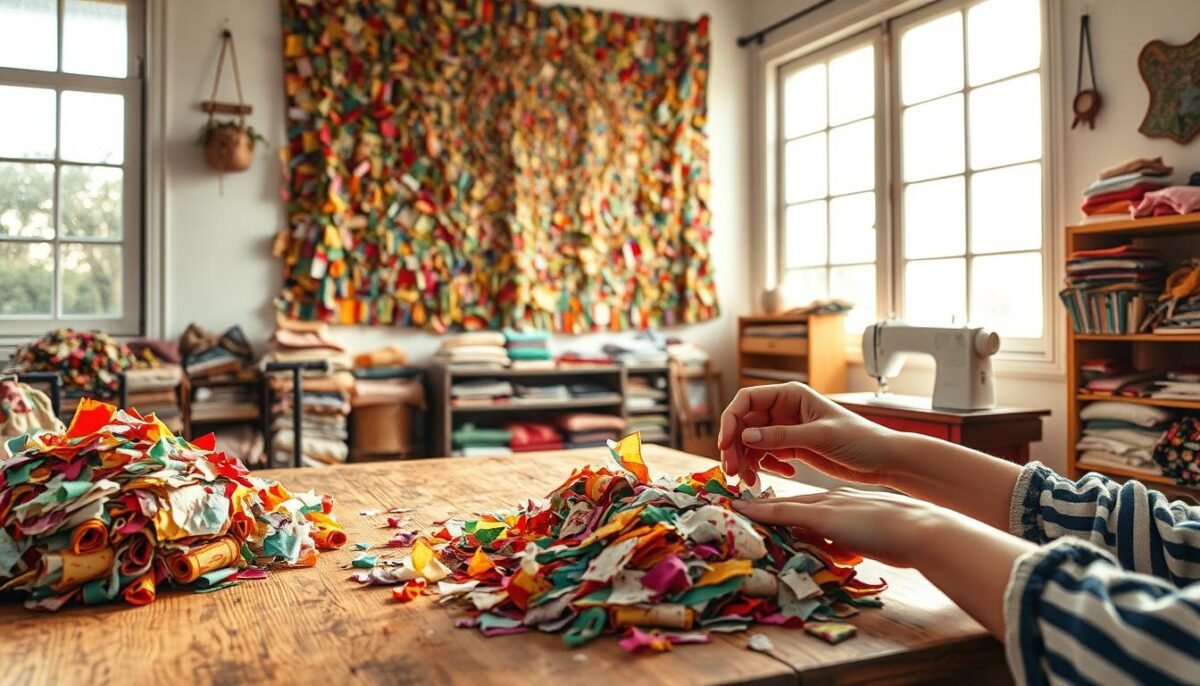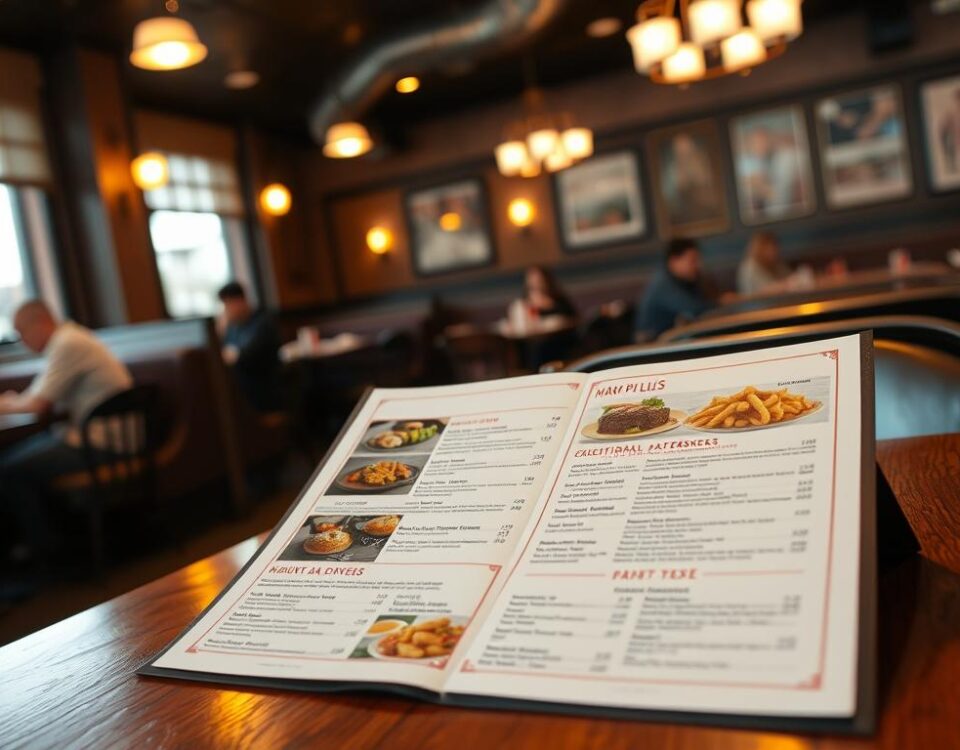
The Ultimate Guide to Hosting a Birthday Party with Homemade Treats
March 28, 2025
The Ultimate Guide to Hosting a Restaurant-Quality Steak Night at Home
March 28, 2025Did you know that the average American household throws away nearly $1,600 worth of food each year? That’s a staggering amount of waste, especially when so many of those scraps can be given a second life. Whether it’s vegetable ends, chicken bones, or stale bread, there’s a creative way to turn what seems like trash into something useful.
Imagine this: you’re chopping veggies for dinner, and the ends pile up on your cutting board. Instead of tossing them, you toss them into a bag in the freezer. By the end of the week, you’ve collected enough to make a flavorful homemade broth. It’s a simple yet impactful project that reduces waste and saves money.
In this article, we’ll explore eight clever ways to give new life to everyday leftovers. From crafting to cooking, you’ll discover how to use every bit of what you have. Let’s dive in and start building a more sustainable kitchen today!
Key Takeaways
- Food waste in the U.S. is a major issue, with households throwing away valuable resources.
- Small kitchen scraps can be transformed into useful items like broths and DIY projects.
- Freezing leftover vegetable ends is a simple way to collect materials for homemade stock.
- Creative reuse not only reduces waste but also saves money and adds value to your daily life.
- This article will provide practical tips for making the most of every piece of food.
Transform Your Kitchen with Creative Food Scrap Uses
Every year, millions of pounds of food end up in landfills, but your kitchen scraps can become something extraordinary. With a little creativity, those bits and pieces can transform your cooking and reduce waste. Let’s explore two simple yet impactful ways to make the most of what you already have.
Homemade Broths and Stocks from Vegetable and Meat Scraps
Instead of tossing vegetable ends or meat bones, save them for a nutrient-rich homemade broth. This is a simple project that anyone can do. Collect scraps like carrot tops, onion skins, and celery ends in a freezer bag. When you’re ready, simmer them with water, herbs, and spices for a flavorful stock.
Homemade broths are not only cost-effective but also healthier than store-bought options. For example, making your own vegetable stock can save you $1.50 to $2.00 per quart. Plus, you control the ingredients, ensuring no additives or preservatives.
“Using every piece of food in your kitchen is a small step toward a more sustainable lifestyle.”
Here’s a quick comparison of homemade vs. store-bought broths:
| Feature | Homemade Broth | Store-Bought Broth |
|---|---|---|
| Cost | $0.50-$1.00 per quart | $2.00-$3.00 per quart |
| Ingredients | All-natural, customizable | Often contains additives |
| Flavor | Rich and fresh | Can be bland or overly salty |
Infused Vinegars and Fruity Syrups from Leftover Pieces
Fruit scraps like peels and pits can be used to create gourmet infused vinegars or syrups. Simply steep citrus peels or berry remnants in vinegar or sugar water. Add a squeeze of lemon juice or a dash of champagne vinegar to balance the flavors.
These infusions are perfect for salad dressings, marinades, or even cocktails. They’re a great way to add a unique twist to your meals while reducing waste. For example, leftover orange peels can create a zesty syrup that doubles as a pancake topping.
By experimenting with these ideas, you’ll not only reduce waste but also elevate your cooking. Start small, and soon you’ll see how everyday kitchen scraps can transform the way you think about leftovers. For more tips on sourcing fresh ingredients, check out our guide on wholesale vegetable suppliers.
DIY Ideas to Repurpose Scraps
Got a pile of fabric remnants lying around? Let’s turn them into something amazing! With a little creativity, those small pieces can become stylish and practical items for your home. From storage solutions to accessories, there’s no limit to what you can create.

Easy Fabric Projects for Storage, Headbands, and Bracelets
Start with simple projects like fabric storage bins. Use square remnants to sew or glue together a bag for organizing small items. For a fun accessory, turn narrow strips into headbands or bracelets. These projects are perfect for beginners and require minimal materials.
Here’s a quick idea: cut fabric into strips, braid them, and secure the ends with glue. You’ll have a unique bracelet in minutes. It’s a great way to use every bit of your leftover fabric.
No-Sew Techniques and Creative Accessory Making
Don’t have a sewing machine? No problem! Try no-sew methods like using fabric glue or wire to create accessories. For example, wrap fabric around a wire headband for a stylish look. Add embellishments like buttons or beads for extra flair.
Another idea is to make scrunchies. Cut a strip of fabric, fold it around elastic, and glue the ends. It’s a quick project that’s both practical and fashionable.
Quick Projects: Reusable Makeup Wipes and Fabric Tape
For a sustainable twist, turn fabric remnants into reusable makeup wipes. Cut soft fabric into small squares and finish the edges with glue. These wipes are eco-friendly and gentle on your skin.
Need a quick fix? Create fabric tape by cutting thin strips and applying adhesive to one side. Use it for wrapping gifts or securing cords. It’s a clever way to reduce waste while adding a personal touch.
“Every small step toward sustainability makes a big difference. Start with your fabric remnants today!”
These projects are just the beginning. Experiment with different pieces and see what you can create. Share your ideas with our community and inspire others to think creatively about their leftovers. Together, we can make a positive impact—one project at a time.
Repurposing Leftovers for Sustainable Living
Sustainable living starts with reimagining what we often throw away. Instead of discarding stale bread or wilted veggies, we can turn them into culinary delights and eco-friendly solutions. These small changes not only reduce waste but also add value to our daily lives.
Transforming Stale Bread and Wilted Veggies into Culinary Delights
Stale bread doesn’t have to go to waste. Grind it into breadcrumbs for coating chicken or fish. Alternatively, cut it into cubes, toss with olive oil, and bake for crispy croutons. These are perfect for salads or soups.
Wilted veggies can still shine in your kitchen. Use them to create flavorful broths or stocks. Carrot tops, celery ends, and onion skins are ideal for this. Simmer them with water, herbs, and spices for a rich base that enhances any dish.
Smart Waste Management with Homemade Stocks and Natural Cleaners
Homemade stocks are a game-changer. They’re cost-effective, healthier, and customizable. Save vegetable scraps in a freezer bag until you have enough to make a batch. This simple project reduces waste and elevates your cooking.
Leftover veggies can also become natural cleaners. For example, simmer apple peels to create a tea that cleans pans. Lemon rinds can be used to remove stains or freshen up your kitchen. These ideas not only save money but also reduce the need for chemical cleaners.
“Every small step toward sustainability makes a big difference. Start with your kitchen leftovers today!”
By thinking creatively, we can turn everyday scraps into something valuable. Whether it’s a hearty stock or a natural cleaner, these practices help us build a more sustainable home. Let’s make the most of every piece and reduce waste together.
Beyond Cooking: Innovative Home Ideas for Scraps
Your home can become a hub of creativity with just a few leftover materials. From fabric remnants to banana peels, there’s a way to turn what you’d toss into something beautiful and functional. Let’s explore how to give new life to everyday scraps beyond the kitchen.
Utilizing Scraps for Home Decor and Upcycled Projects
Fabric remnants can transform ordinary items into stylish accents. For example, cover a clipboard with colorful fabric for a unique look. Or, fill an old pillowcase with leftover fabric to create a cozy pouf. These small projects add personality to your space while reducing waste.
Here’s a quick idea: use fabric scraps to make decorative throw pillows. Cut squares, sew the edges, and stuff them with old t-shirts. It’s a simple way to refresh your living room without spending a dime.
Eco-Friendly Solutions for Home Cleaning and Garden Care
Citrus peels are a natural way to freshen up your home. Toss lemon or orange peels into your garbage disposal for a fresh scent. You can also simmer them in water to create a natural cleaner for stovetops and countertops.
In the garden, banana peels are a nutrient booster. Bury them near plants to enrich the soil. Coffee grounds are another great piece of kitchen refuse that can improve soil structure and drainage.
“Every small step toward sustainability makes a big difference. Start with your home today!”
By thinking creatively, we can turn everyday leftovers into something valuable. Whether it’s a stylish home accent or a natural cleaner, these practices help us build a more sustainable home. Let’s make the most of every piece and reduce waste together.
Conclusion
Small changes in our daily habits can lead to big impacts on our planet. From turning vegetable ends into flavorful stock to crafting stylish accessories from fabric remnants, every piece we save makes a difference. These simple projects not only reduce waste but also add value to our home and kitchen.
Every bit of effort counts. Whether it’s a hearty broth or a creative DIY, reusing leftovers is a step toward sustainability. We encourage you to try these ideas and share your own success stories. Together, we can build a greener future, one scrap at a time.
Let’s make the most of what we have and inspire others to do the same. Start today, and see how even the smallest change can create a lasting impact.
FAQ
What are some creative ways to use leftover vegetable and meat pieces?
We can turn them into homemade broths or stocks. Just simmer them with water, herbs, and spices for a flavorful base for soups and stews.
How can we make infused vinegars or fruity syrups at home?
Use leftover fruit peels or herbs to infuse vinegar or create syrups. Simply combine them with vinegar or sugar water and let them steep for a unique flavor boost.
Are there easy fabric projects we can try with leftover materials?
Absolutely! We can make storage bags, headbands, or bracelets using no-sew techniques or simple stitching. It’s a fun way to give old fabric a new life.
What can we do with stale bread or wilted veggies?
Stale bread can be turned into croutons or breadcrumbs, while wilted veggies are perfect for soups, stir-fries, or even compost for the garden.
How can we use scraps for home decor or cleaning?
We can create upcycled decor items like planters or wall art. For cleaning, citrus peels and vinegar make a great natural cleaner.
Can we use food waste for garden care?
Yes! Composting food scraps enriches soil, and items like eggshells can deter pests naturally. It’s a sustainable way to care for your garden.
What are some quick projects for leftover fabric?
We can make reusable makeup wipes or fabric tape. These are simple, eco-friendly solutions that reduce waste.



